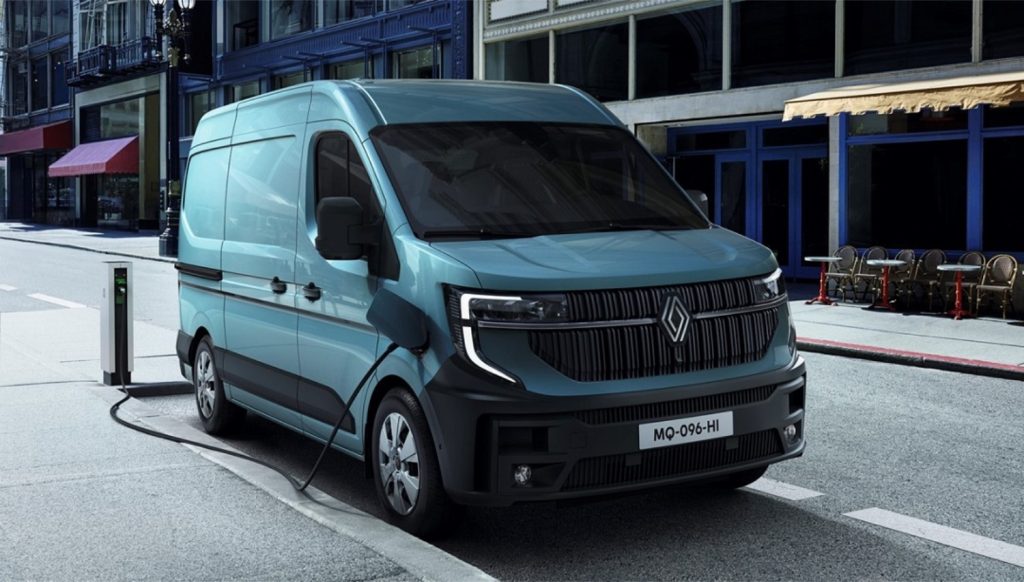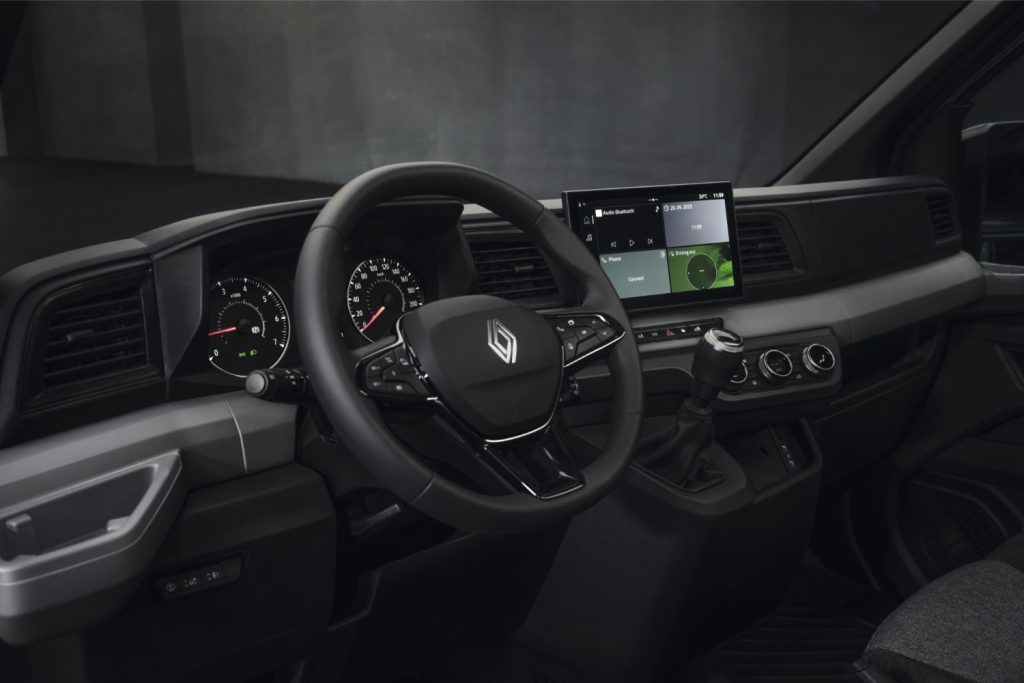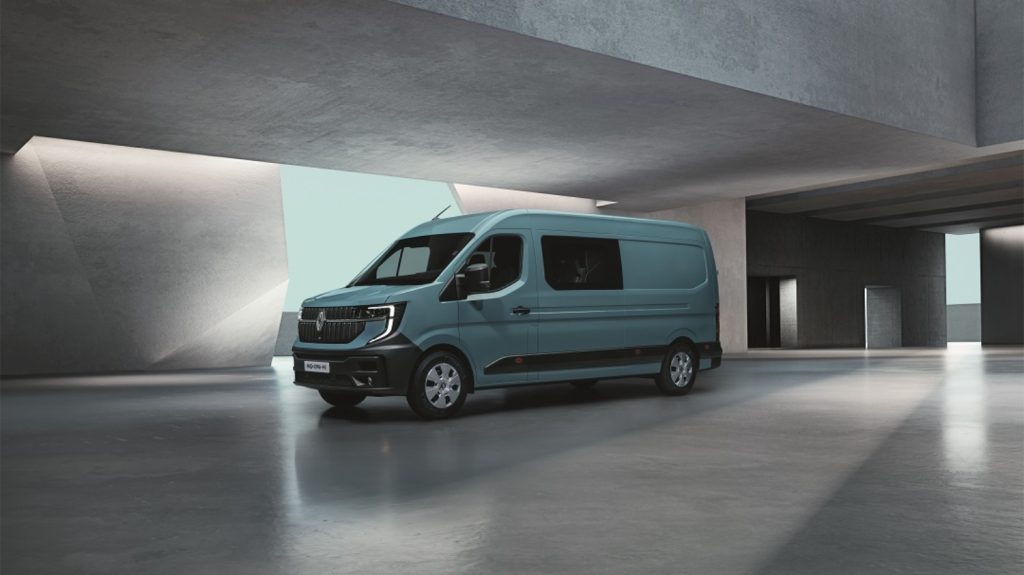The fourth generation of the Renault Master has just arrived on the market, with a new design and fully electric versions.
With over 3 million units sold since 1980, the well-known Renault van aims to extend the success it has been experiencing over four decades and three generations.

The new generation of the Master features a more muscular and modern design, with a standout front section that includes a new grille, the new Renault logo, and large full-LED headlights with a C-shaped signature around a grille.
The U-shaped element below the grille can be textured black or, in the top-of-the-range model, the same color as the body. Customers can choose from 7 standard body colors and over 300 special colors.
The narrower rear stands out for its more classic style, reinforced by the large vertical taillights also designed in a C shape.
The Aerovan design of the body allowed Renault engineers to improve the aerodynamics of the Master, thus reducing the aerodynamic coefficient by 20%, which results in significant savings in fuel consumption, with the brand promising a significant reduction in fuel consumption and carbon dioxide emissions.




In the cabin, the highlight is the S-shaped dashboard, facing the driver. As standard, there is the new 10” digital instrument panel, aligned with the OpenR multimedia system with integrated Google on an equally 10” screen, compatible with Android Auto and Apple CarPlay wirelessly.
Also noteworthy is the adjustable steering wheel in height and depth, and the numerous storage spaces that provide 135 liters of usable space, 25% more than in the previous generation.
The new Renault Master is available in a range of 20 body types from 11 to 22 cubic meters, with a 40 mm wider sliding side door opening and 100 mm longer loading areas. The shorter wheelbase and redesigned front axle contribute to a turning diameter that is 1.5 meters shorter.
As for the engines, the range starts with the Blue dCi, Diesel, with power levels of 105, 130, 150 or 170 hp. It can be paired with a six-speed manual gearbox or the new nine-speed automatic transmission.

The 100% electric versions have motors with 130 hp or 1143 hp, both with a maximum torque of 300 Nm. The first version uses a 40 kWh battery and has a WLTP range of up to 200 km, while the second version uses an 87 kWh battery and offers a range of up to 460 km.
The fast charging of 130 kW DC allows for a range recovery of 230 km in 30 minutes. At home, with a 22 kW AC wallbox, the battery can be charged from 10% to 100% in four hours. These versions also have the possibility of supplying the electrical grid through the technology (V2G), as well as tools and electronic devices (V2L).
The new generation of the Master comes with a wide range of safety systems and driving aids, with emphasis on a new dynamic braking system with more efficient electric assistance, regardless of the vehicle’s load, as standard.
In addition, a set of 20 systems, such as lateral stabilization assistants, and driving with a trailer, adaptive cruise control with “intelligent” assistance, active lane keeping and blind spot alert, help maximize safety.

The French brand has already announced that the new generation of the Master has a starting price of €42,930 for the version with the Blue dCI105 engine, while the electric variant with an 87 kWh battery starts at €67,150. The price of the variant with a 40 kWh battery, which will be available later in the market, will be known in September.







